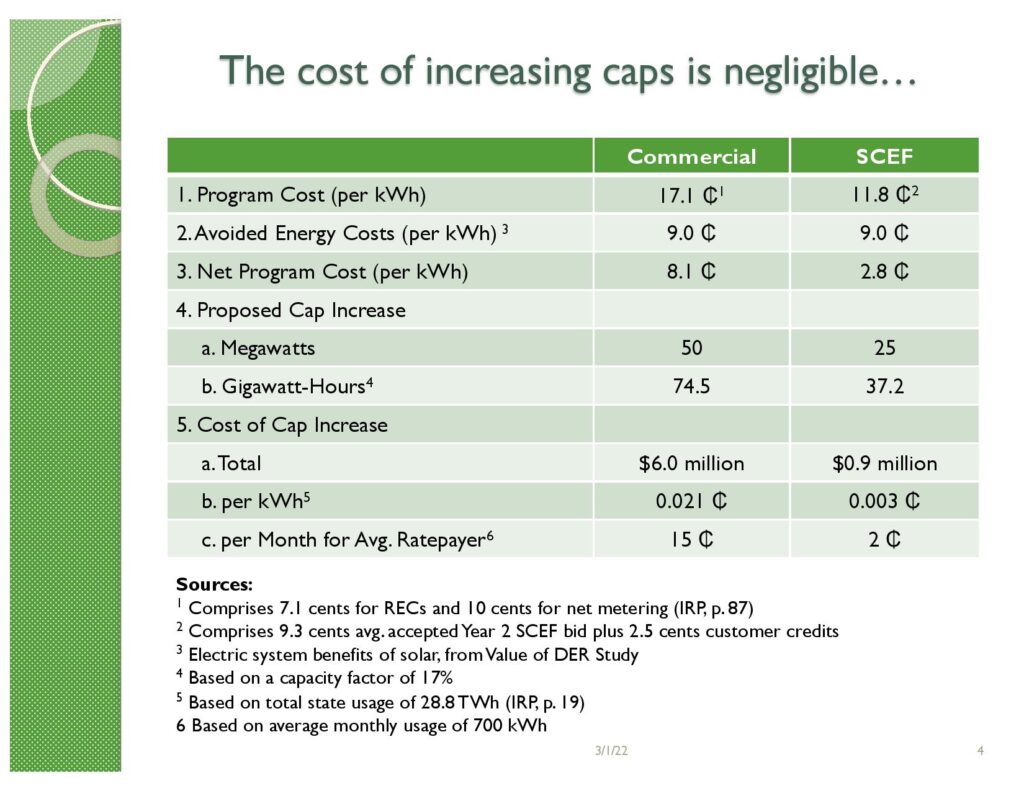

How to Encourage Community Solar
❖ Substantially increase the current 50 MW per year
cap on SCEF projects to at least 100-200 MW, or
remove caps entirely as does Minnesota, one of the
leading community solar states.
❖ Strengthen incentives for community solar projects
that are located on already disturbed and disused
land, such as rooftops, brownfields, and parking lots.
❖ Start incentivizing the pairing of battery storage
with community solar projects. In MA, over 40% of
community projects take advantage of their storage
incentive. Pairing reduces the cost of meeting
demand peaks, reduces the need to call on fossil fuel
peaker plants, and increases resiliency.
❖ Reduce the cost and delays associated with
interconnecting solar projects with the distribution
grid.
❖ Give some level of preference to residents in
project host communities (mostly rural or suburban
areas) without excluding the many LMI ratepayers
who live in urban areas.
Resources To Better Understand the Value of Local Solar
PACE: Solar in CT Series
A Study from Vibrant Clean Energy on the Value of Distributed Energy Resources
Why Local Solar For All Costs Less: A New Roadmap for the Lowest Cost Grid
A 27 minute Volts podcast episode with accompanying article
Karl Rabago, one of the study authors, speaks about the study
The critical role of local solar in achieving 80% clean electricity by 2030
Article about the results of applying the VCE model specifically to the state of New York.
Expanding Local Clean Energy Could Save New York $28 Billion by 2050
Presentation: Unleashing the Potential of Commerical Solar in CT








